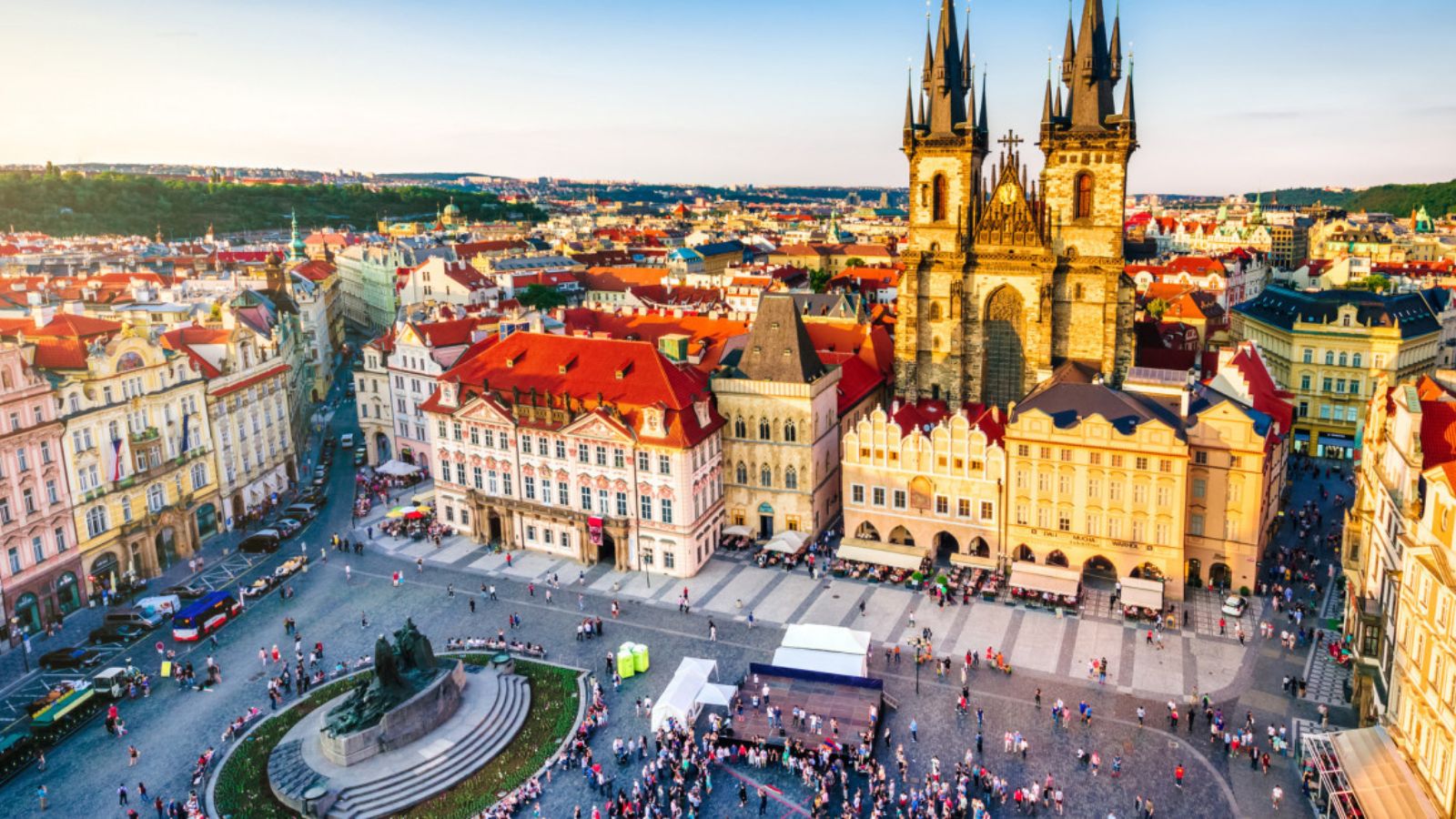The capital city has more inhabitants than the official census indicates. According to the analysis by the Institute of Planning and Development (IPR), there are about 300,000 more people instead of the official 1.3 million.
The institute arrived at the number of residents based on anonymous data from mobile phone operators. During the day, hundreds of thousands more people will arrive for work, IPR director Ondřej Boháč told the Czech Press Agency.
According to the Czech Statistical Office, however, the census methodology is different and its spokesman Jan Cieslar said the office is not familiar with the way the IPR reached its conclusions.
“It turns out that there are about 1.6 million permanent residents of Prague, and if we include the residents of the Central Bohemian Region who commute to Prague daily for work, that is even 1.8 million people. However, only 1.3 million people have permanent residence here,” said IPR Director Ondřej Boháč.
Boháč said the increase in population means greater financial demands on the city, which among other things, must provide public transportation, parking, apartments, doctors and daycare centers. “So even though infrastructure costs are logically rising, Prague is still losing out on tax revenue,” Boháč said.
Available data shows that although the population of Prague has been growing recently, this has not always been the case. For example, Prague experienced a population decline in the 1990s. In contrast, the most dynamic population growth in Prague was between 2003 and 2009 and 2014 and 2019, a time of strong economic growth.
In addition to not mentioned, the purpose of the census is to find out where people actually live, where they have their household. This is regardless of the address of the permanent residence.
In reality, it actually happens that a person, for example, stays in a rented apartment in Prague because of their job, while having their family household more than 100 kilometres away,” Cieslar said.
However, since such a person regularly visits his family every weekend, they were counted in the place where they have their household and family background during the census.
“Thus, quite logically and in accordance with international methodology, these people do not appear in our data as residents of the capital city. Unfortunately, we do not know on the basis of which methodology the authors of the analysis arrived at the exact figure, so we cannot comment on its conclusions,” Cieslar added.
According to data from the Czech Statistical Office (CSO), approximately 1.28 million people lived in Prague as of 31 December 2021, an increase of 1.3 percent year-on-year. Last year, 15,993 people were added.
The increase was largely due to people moving to Prague. The average age of Prague residents was the lowest in the country last year at 41.4 years, 1.3 years younger than the national average.
Among the inhabitants of Prague, the highest number of people had a university degree and the highest number of foreigners lived in the metropolis.
Support Prague Morning!
We are proud to provide our readers from around the world with independent, and unbiased news for free.
Our dedicated team supports the local community, foreign residents and visitors of all nationalities through our website, social media and newsletter.
We appreciate that not everyone can afford to pay for our services but if you are able to, we ask you to support Prague Morning by making a contribution – no matter how small 🙂 .





